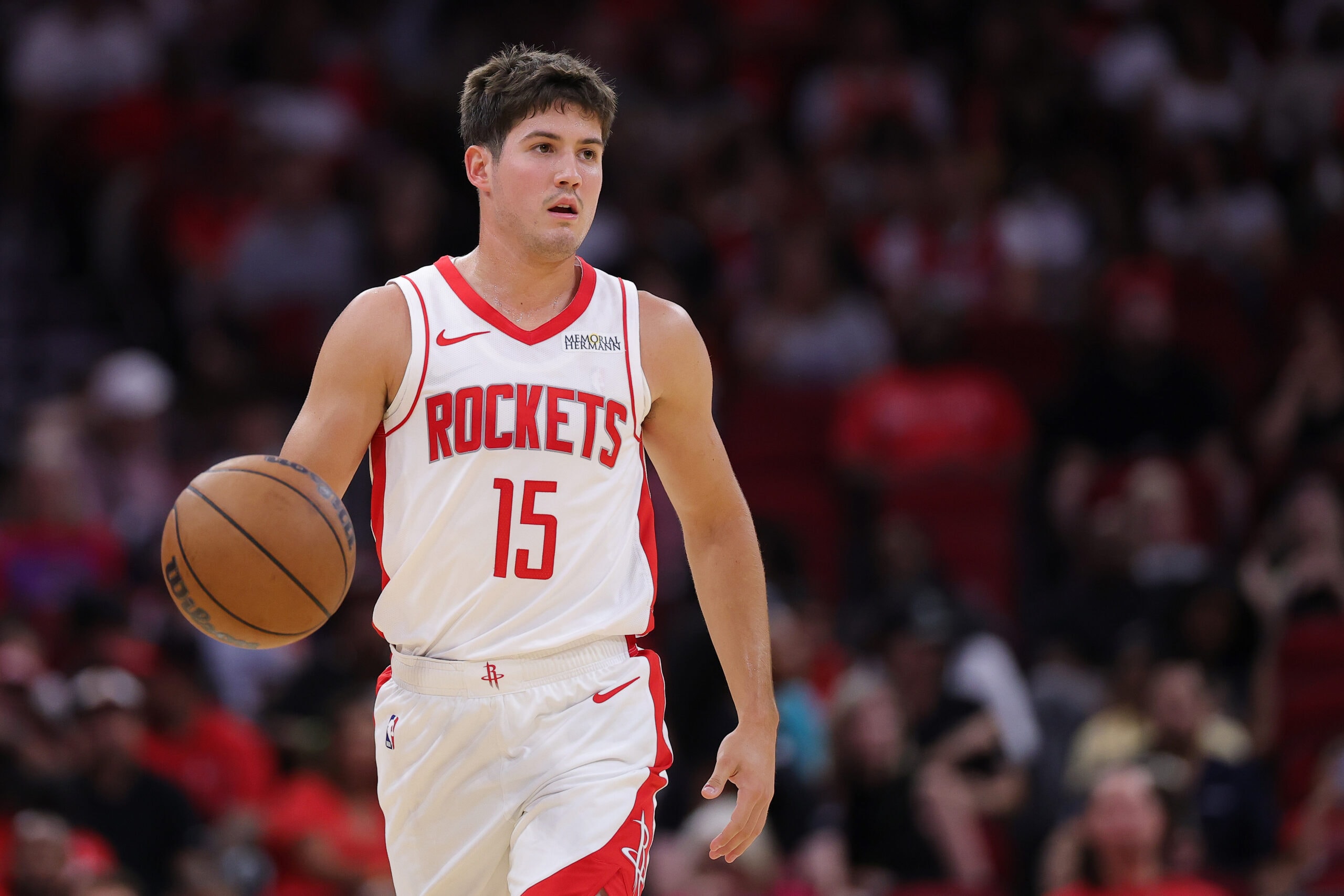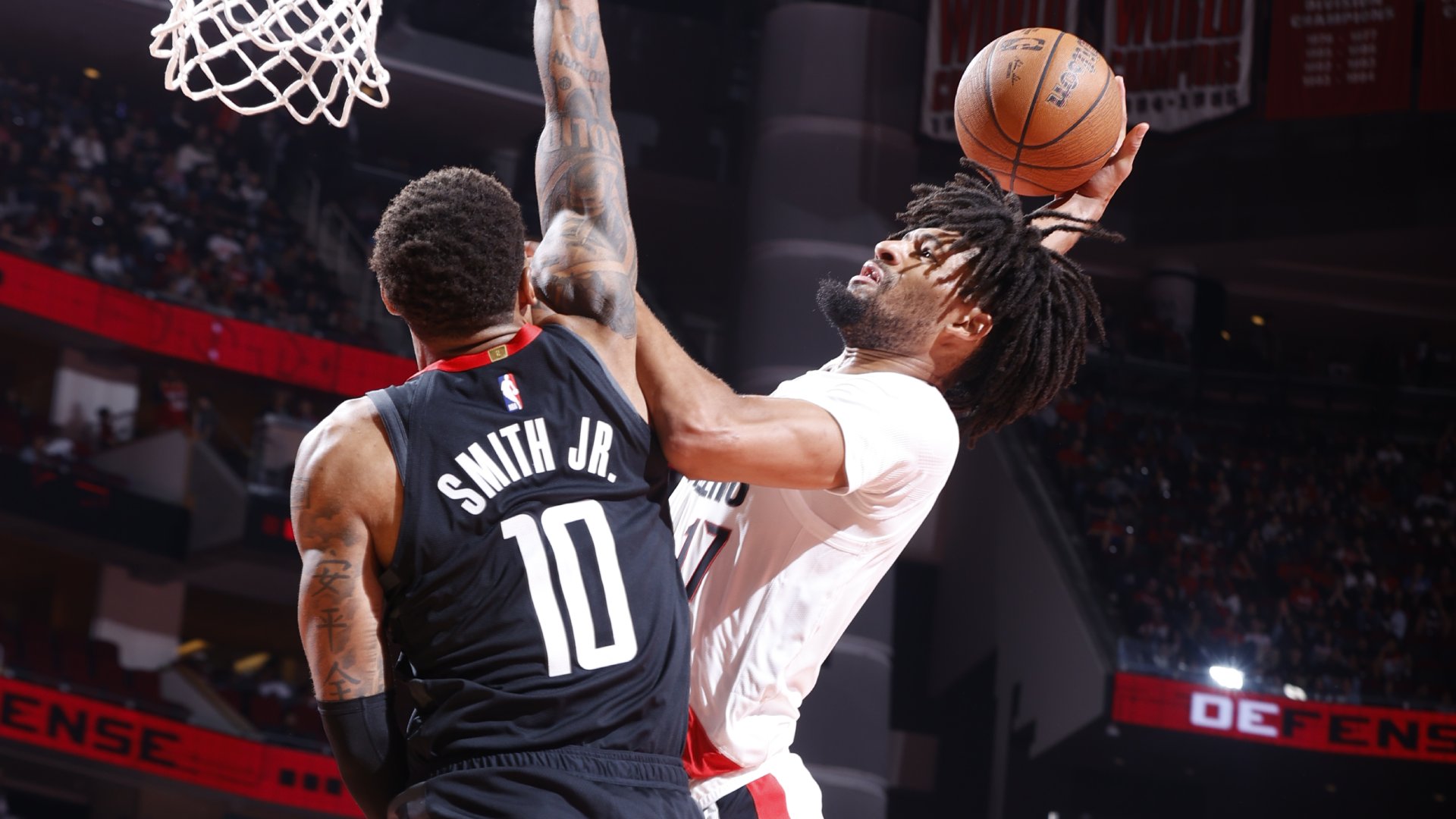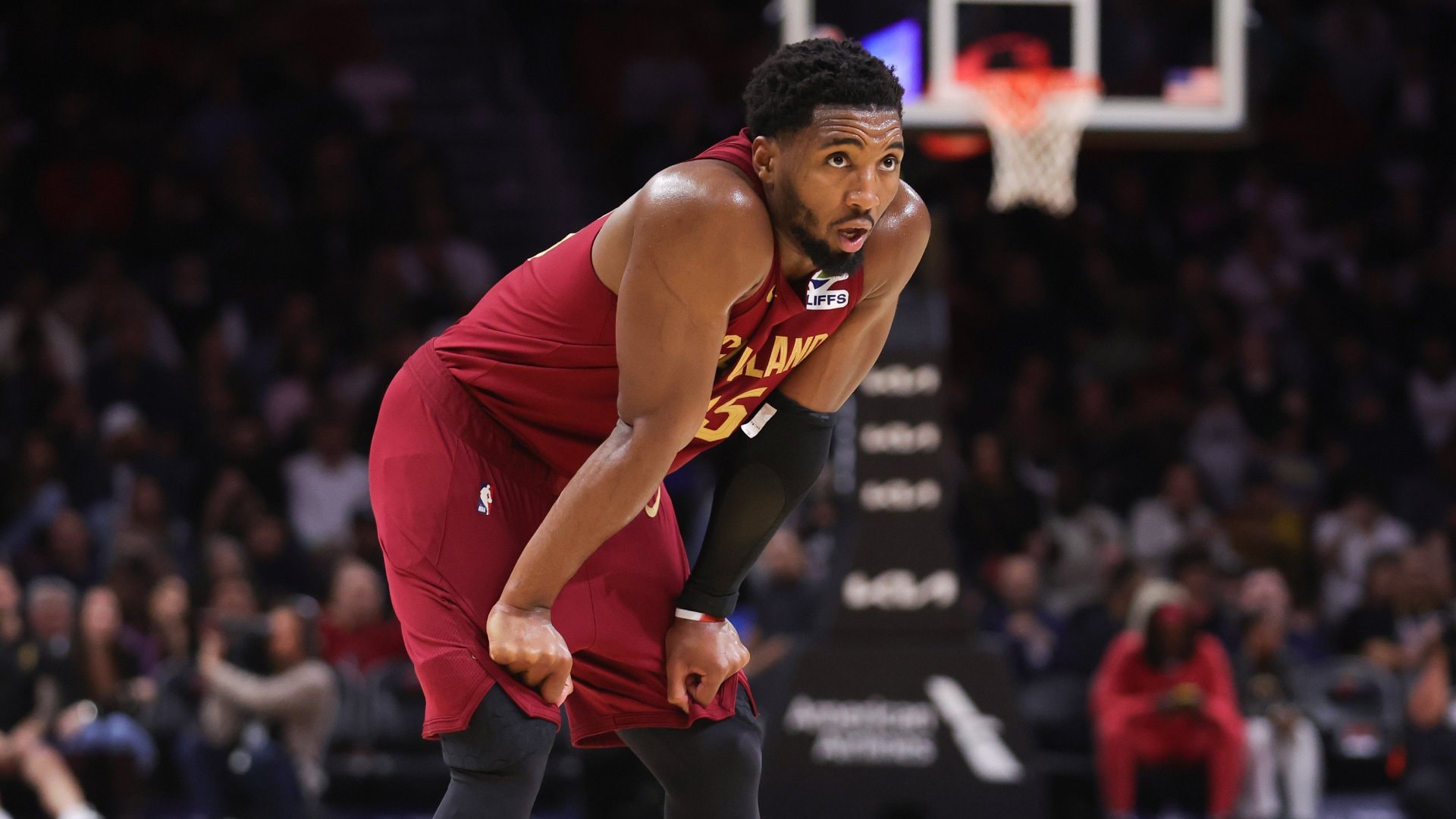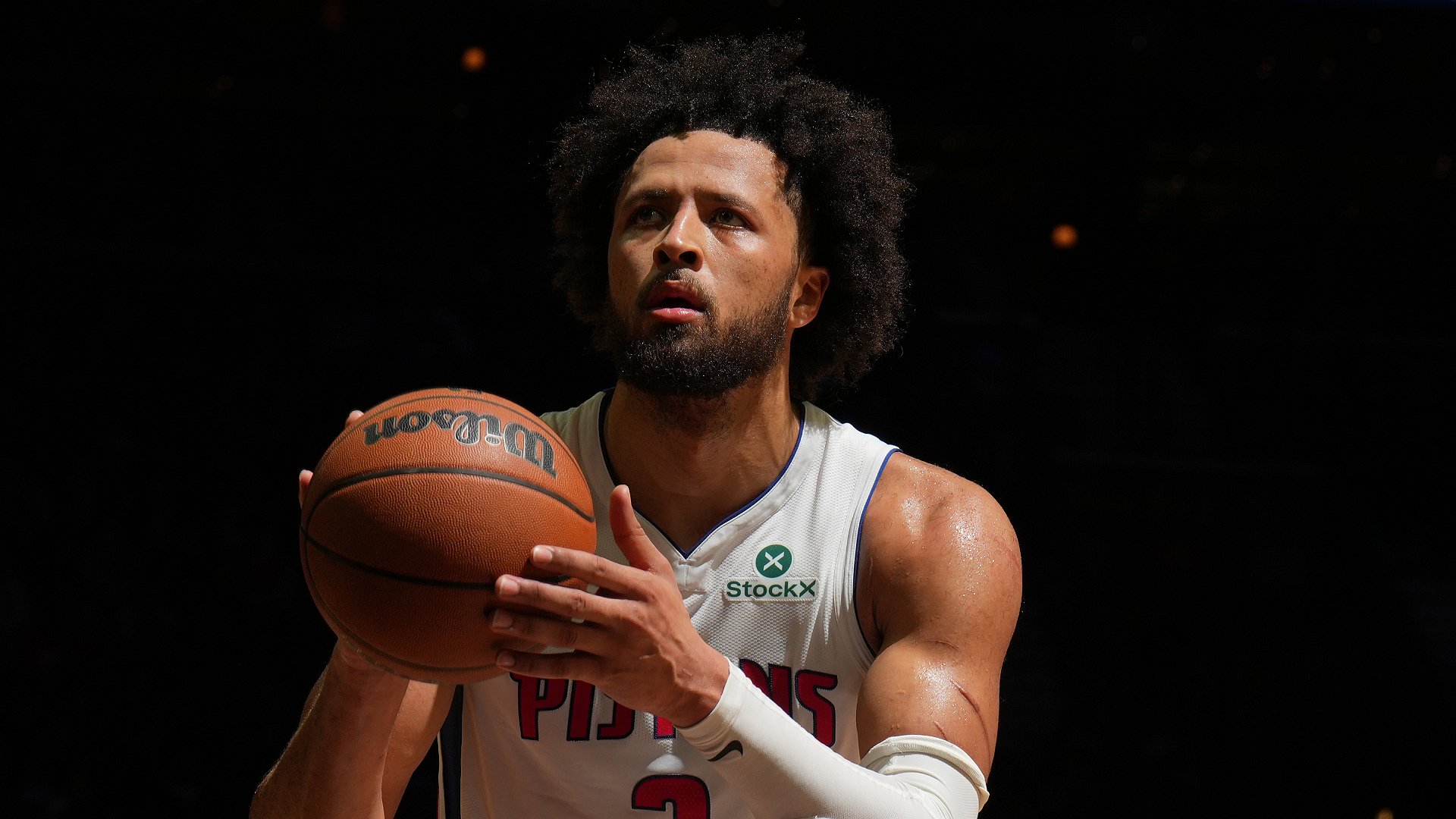
The Celtics are still searching for that gear they had last season as they went 16-3 in the playoffs on their way to banner No. 18.
NEW YORK — Playoff games can sometimes come down to human nature. Inevitably, there are some games where one team is in a more desperate situation than the other.
Game 4 of the Eastern Conference semifinals series between the Boston Celtics and New York Knicks should not be one of those games.
The Celtics certainly don’t want to fall into a 3-1 hole that no team has come back from in the last five years. The Knicks don’t want to give up their series lead and cede home-court advantage back to the defending champs.
So we should get great efforts and focus from both teams in what could be a “pivotal” Game 4 at Madison Square Garden on Monday (7:30 ET, ESPN).
The Knicks need to get off to a better start and avoid another 20-point deficit. The Celtics need to be more consistent with their decision-making on offense.
Here are four things to watch in Game 4 on Monday.
1. Can Knicks create better shots?
According to Second Spectrum tracking, the Knicks rank last in shot quality in the playoffs, lower than the eight teams that were eliminated in the first round. Their shot quality was lower against Detroit than it has been against the Celtics, but Boston has the three highest shot-quality scores in this series.
In the regular season, the Knicks ranked fifth in offensive efficiency, but just 22nd in shot quality. They overperformed in regard to the quality of their shots by being one of four teams that ranked in the top 10 in field goal percentage in the paint, mid-range field goal percentage and 3-point percentage.
They’re certainly not overperforming offensively in this series. They have four of the 15 players with an effective field goal percentage under 48% on at least 30 shots in the conference semis.
The Knicks can certainly hope to shoot better in Game 4, but the best way to shoot better is to generate better shots. Can they do that against this defense?
With Jayson Tatum guarding Karl-Anthony Towns, the Celtics have reduced the effectiveness of the Jalen Brunson-Towns pick-and-roll, which the Knicks ran just seven times in Game 3, according to Second Spectrum tracking.
Brunson has preferred targeting Al Horford (usually with Josh Hart as the screener), but the Knicks have scored just 0.76 points per chance when Horford has been the screener’s defender on a ball-screen for Brunson. That matchup produced some big shots from the Knicks’ point guard in the first two games, but Horford has generally done a good job of staying in front of Brunson and forcing jump shots off the dribble:

The Knicks may need to get a little more creative with their offense. The Celtics don’t want to leave Brunson, so using him as a screener on occasion could open some things up.
2. Celtics’ shot selection could be better
The Celtics have also not shot well in this series. Of the 37 players with at least 30 field goal attempts in the conference semifinals through Sunday, Tatum (40.3%) and Jaylen Brown (40.2%) rank 34th and 35th in effective field goal percentage.
One of the biggest reasons for the Celtics’ dominance in last year’s playoffs was their purposefulness on offense. They knew where they wanted to attack and they did it every every time down the floor, consistently creating advantages.
When an advantage is created, the next step is reading the defense and making the right play. And that’s where the Celtics just haven’t been as sharp this year.
Early in the third quarter on Saturday, Tatum grabbed a defensive rebound saw Brown up the floor with only Towns between him and the basket, so Tatum made a great hit-ahead pass. But Brown let Towns off the hook, settling for a stepback 3-point attempt instead of attacking and getting to the basket or drawing an extra defender:

The Celtics are still searching for that gear they had as they went 16-3 on their way to banner No. 18 a year ago. They should continue to gain advantages on most possessions in this series, and they can be better in making the right reads.
3. Transition opportunities are critical
With both teams struggling offensively, both need as many easy baskets as they can get. And the winner of each of the first three games has been the team that has scored more points in transition.
The Knicks had 17 and 22 transition points in Games 1 and 2, respectively, according to Synergy tracking. But they had just eight points on 11 transition possessions in Game 3, with only three of those eight coming after the first three minutes of the first quarter. The Celtics, meanwhile, had 20 transition points, their high for the series, in Game 3.
Keeping the other team from getting out in transition starts with taking care of the ball. The Celtics had 21 live-ball turnovers (New York steals) in Games 1 and 2 combined, but just three in Game 3.
If they can avoid giving the Knicks easy fast breaks, the Celtics have the defenders to thwart other transition opportunities.
Midway through the first quarter on Saturday, Derrick White stopped Josh Hart’s initial push, closed out to Mikal Bridges at the 3-point line, stayed with Bridges on a drive, stayed down on a pump fake, and contested a tough, baseline jumper:

Both teams need easy baskets in this series, and both teams need to prevent them.
4. Towns and Porziņģis will play, but will they play well?
Karl-Anthony Towns appeared to aggravate a hand injury during Game 3, and his effectiveness could be limited moving forward.
Both teams enter Game 4 with questions about their (typical) starting centers. Kristaps Porziņģis has been dealing with an illness and has only played 46 minutes through the first three games. He has seven offensive rebounds and three blocks in those minutes, but has shot just 3-for-12.
The Knicks have also been successful (42 points on 34 chances) when Porziņģis has been the screener’s defender in a pick-and-roll, and Luke Kornet has played well as the Celtics’ third center, even if it feels like all he’s done is foul Mitchell Robinson. But the Celtics are still going to need more from Porziņģis at some point down the line.
Towns suffered a left hand injury on Saturday, when he shot just 5-for-18 from the field. His presence and ability to knock down shots is more important to the Knicks than Porziņģis is to the Celtics, but the Celtics have been able to limit his 3-point attempts. Towns has taken just seven shots from beyond the arc over the three games thus far, and four of those seven have come from least 28 feet.
Neither Porzingis nor Towns are listed on the injury report, but that doesn’t mean that either will be at their best in Game 4. And if either can contribute more than they have thus far, it could be a big swing for their team in a game that could swing the series in either direction.
* * *
John Schuhmann is a senior stats analyst for NBA.com. You can e-mail him here, find his archive here and follow him on X.
The views on this page do not necessarily reflect the views of the NBA, its clubs or Warner Bros. Discovery.










